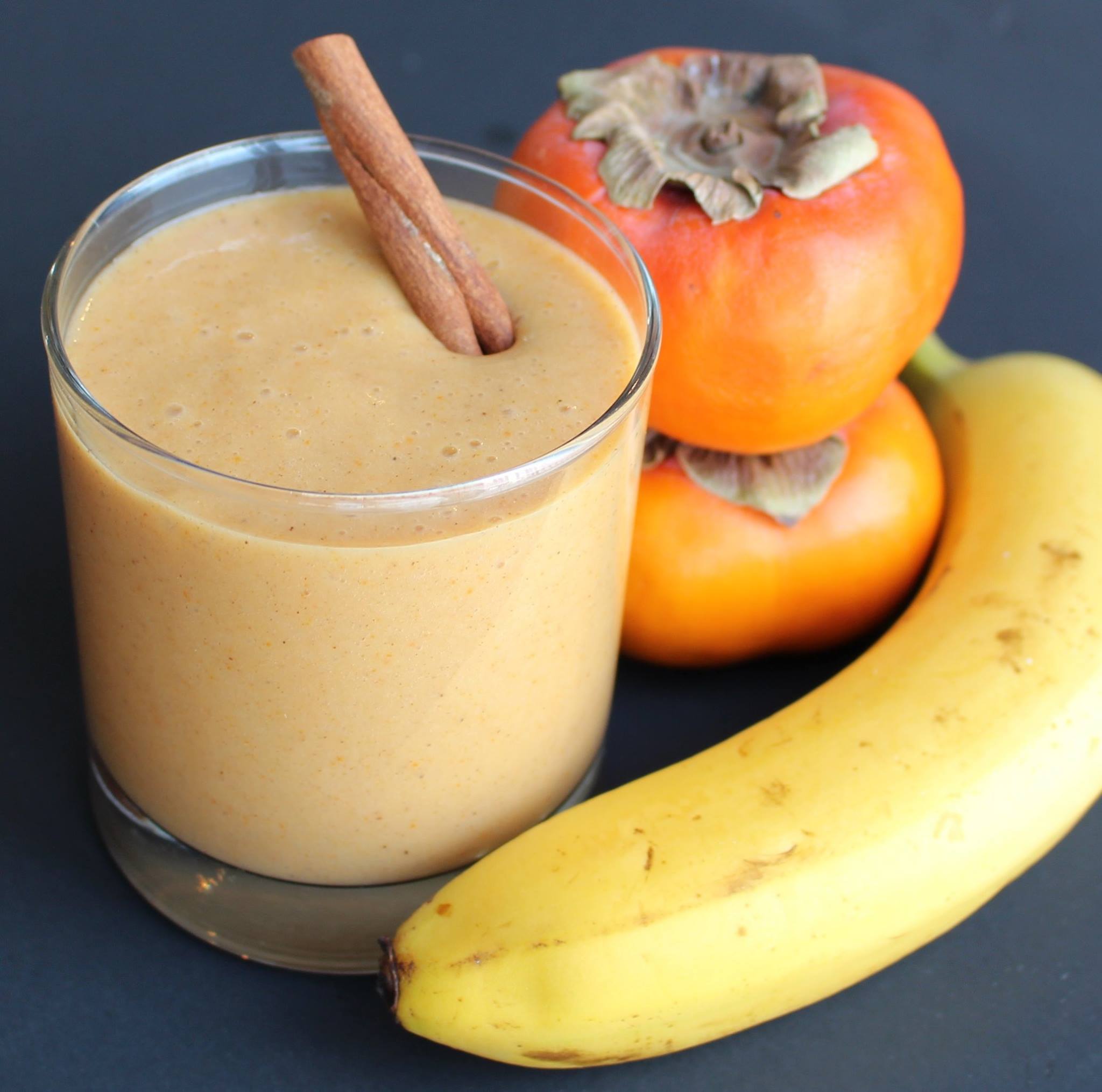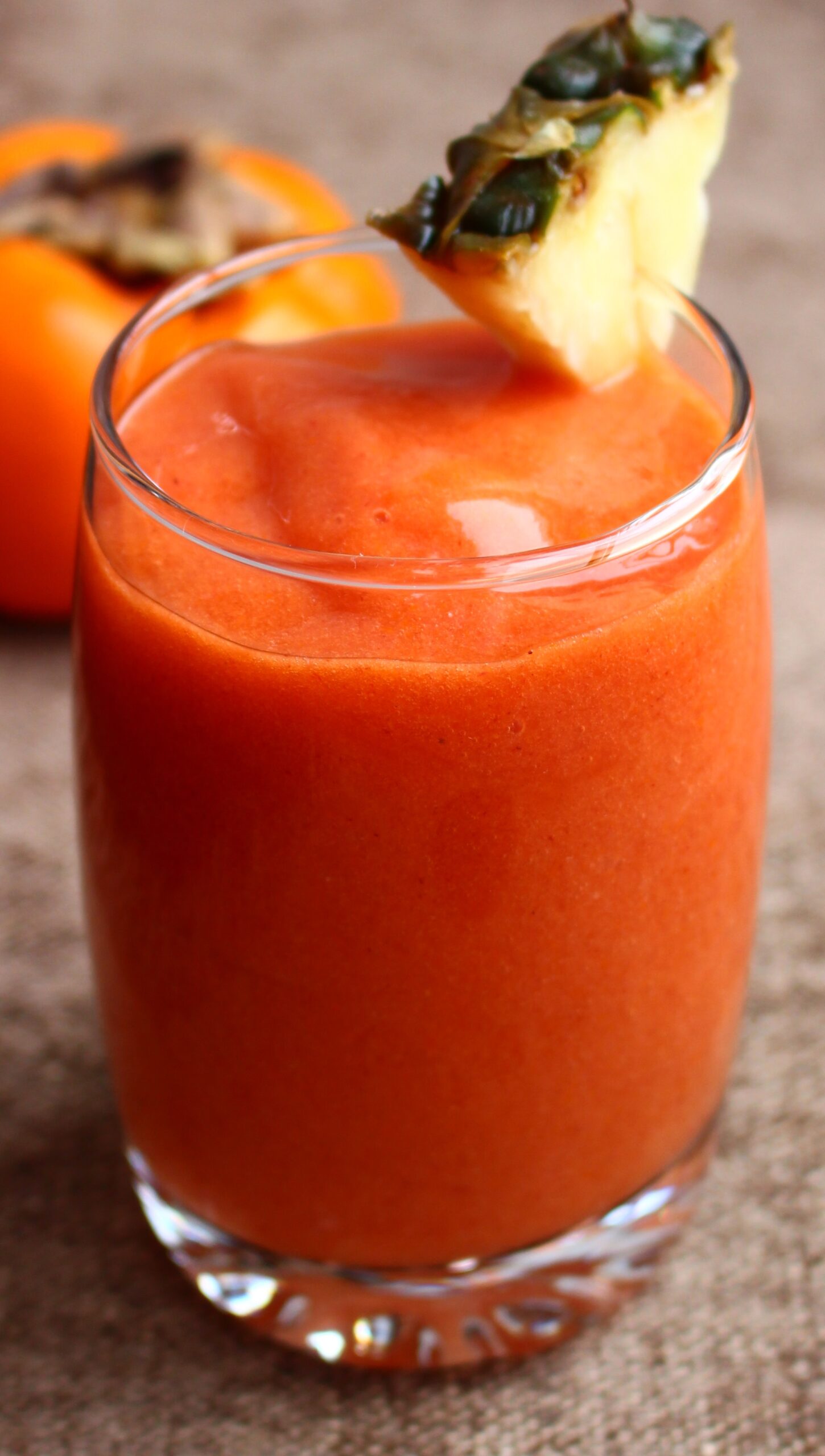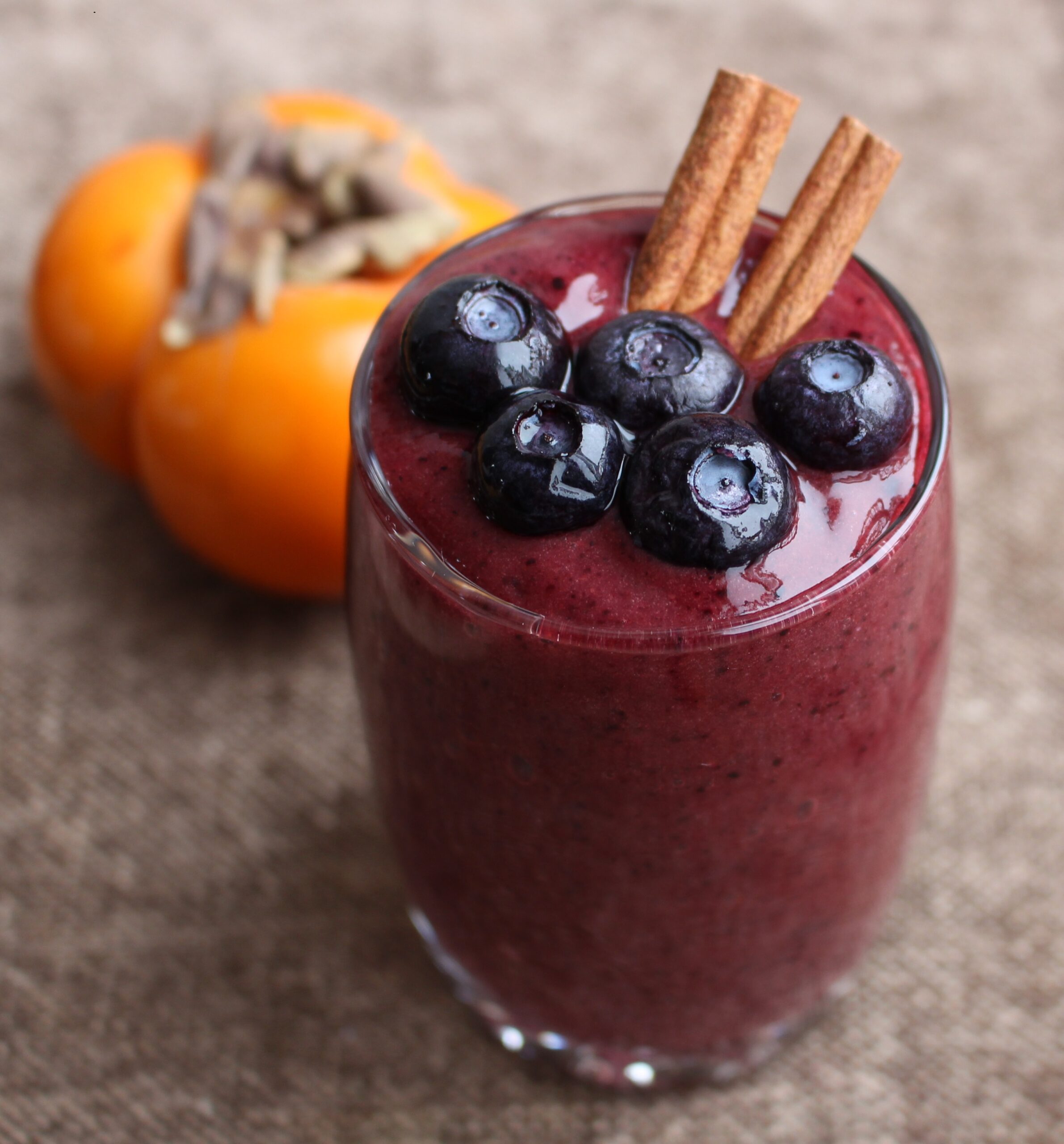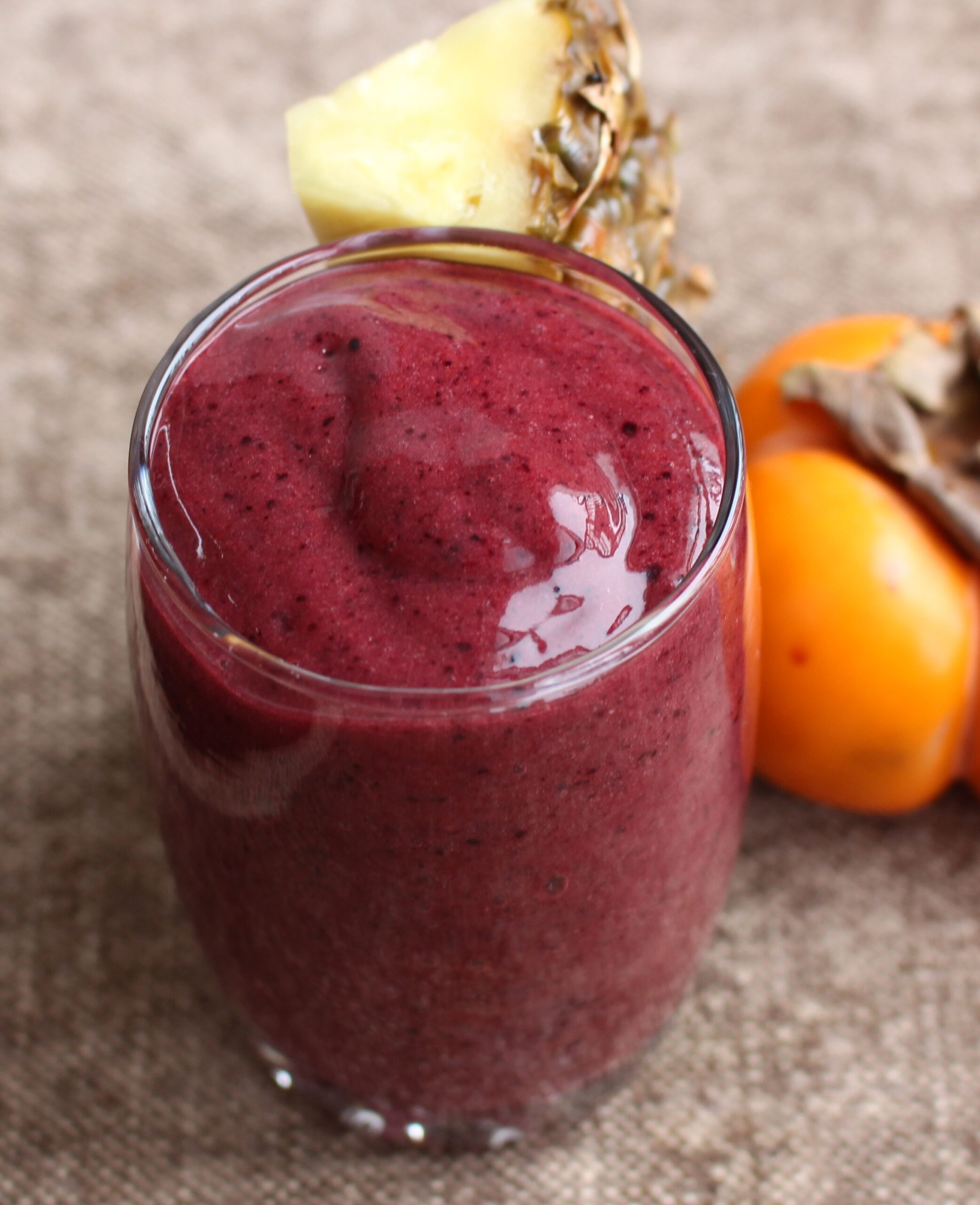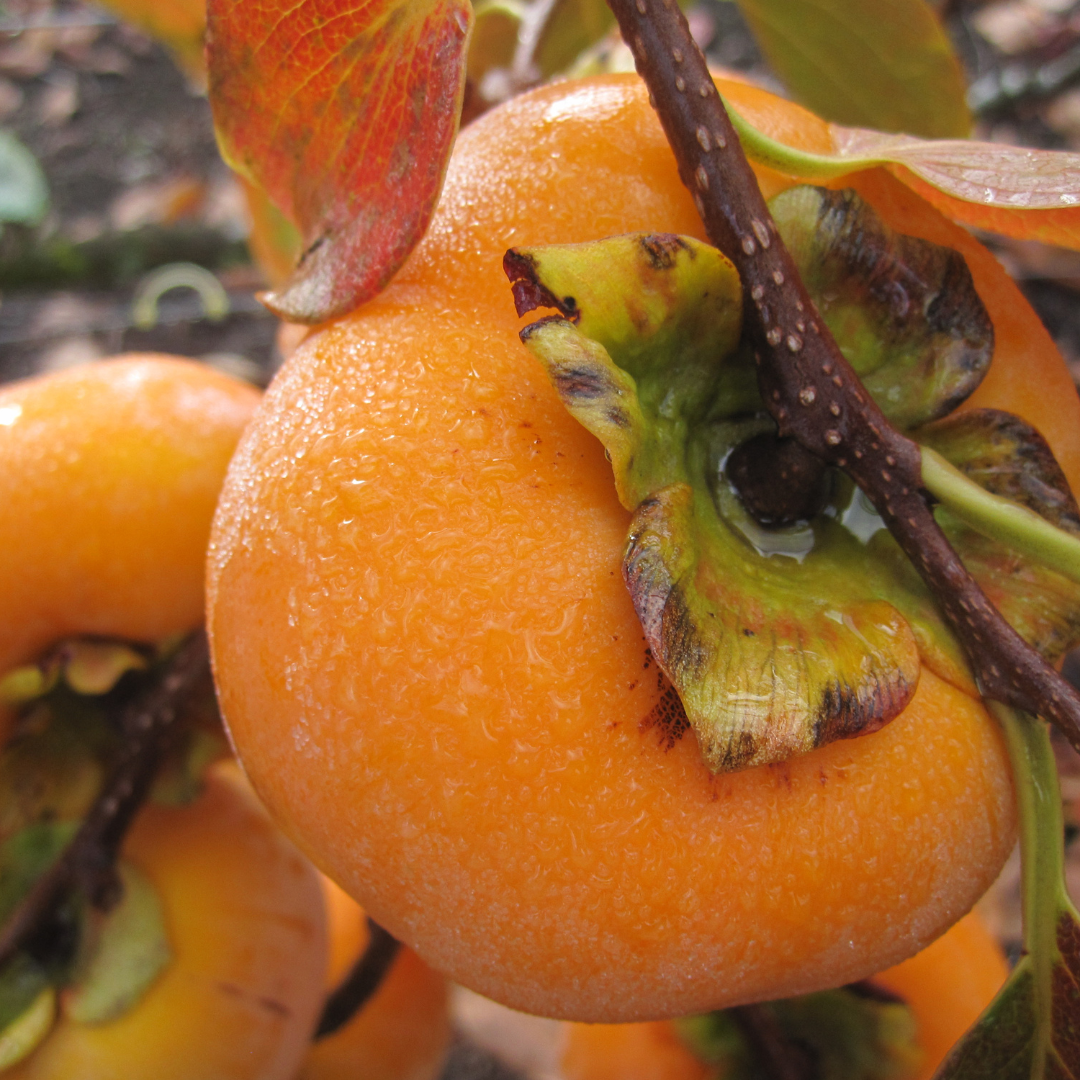Persimmon Facts – Why are some better than others
After moving to the US just before the pandemic, I purchased my first persimmons at Costco. Unfamiliar with their ripening process, I left them on my kitchen counter for weeks, waiting for them to become soft before incorporating them into smoothies. One day, my Korean best friend noticed and asked, “Why aren’t you eating the fuyu persimmons?” I explained my intention to let them ripen, and she burst into laughter, revealing that eating soft persimmons is a practice more common among the elderly in her culture. Now, I’ve adopted the habit of enjoying them firm, kinda like apples. Persimmons come in various varieties, with the two main types being astringent and non-astringent.
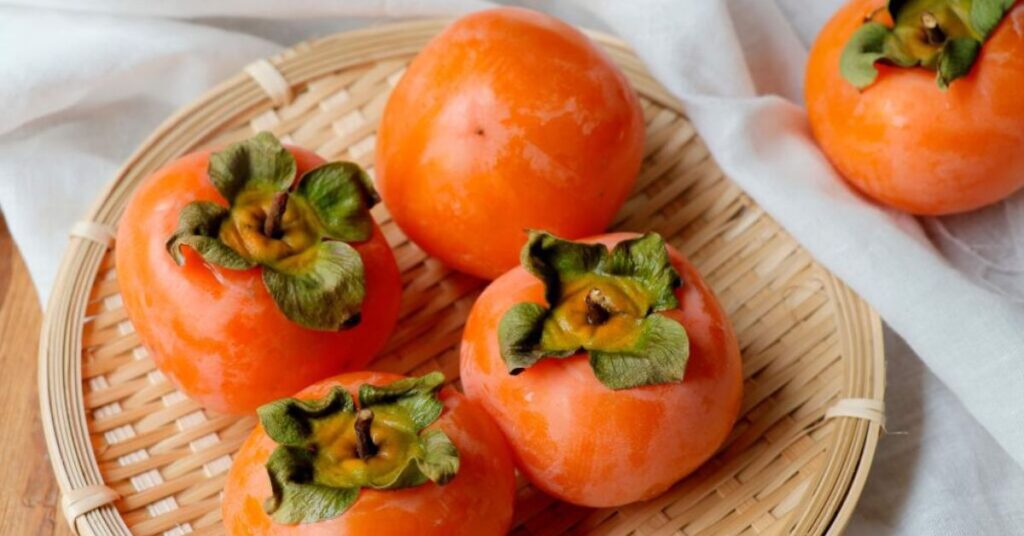
- Astringent Persimmons:
- Types: Examples include Hachiya and Saijo.
- Characteristics: Astringent persimmons are typically heart-shaped and must ripen fully before eating to avoid astringency, which causes a puckering sensation.
- Flavor: When ripe, they have a sweet, honey-like flavor.
- Non-Astringent Persimmons:
- Types: Examples include Fuyu and Jiro.
- Characteristics: Non-astringent varieties can be eaten while still firm and crisp, even before full ripening. They are usually squat and round.
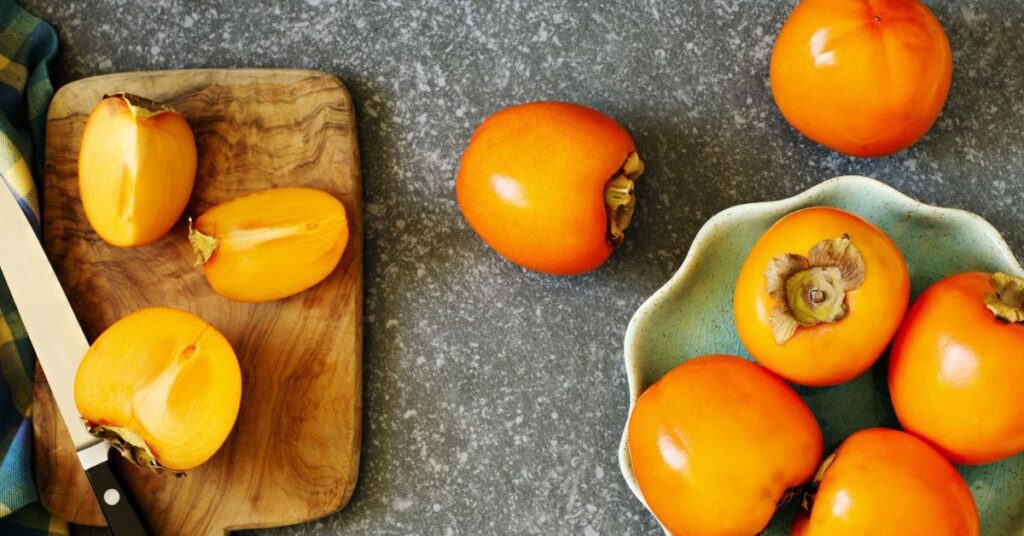
General Characteristics:
- Color: Persimmons range from orange to deep red, depending on the variety.
- Nutrition: They are rich in vitamins A and C, potassium, and dietary fiber.
- Texture: The texture varies from crunchy to jelly-like, depending on the type and ripeness.
- Uses: Persimmons can be eaten fresh, dried, or used in cooking and baking. Dried persimmons are known as “hoshigaki.”
Culinary Uses:
- Fresh Consumption: Slice and eat them raw like apples or use them in salads.
- Cooking: Persimmons can be added to various dishes, including desserts, sauces, and even savory recipes.
- Drying: Dried persimmons are a popular snack and used in various culinary applications.
Harvest and Storage:
- Harvest Time: Depending on the variety, persimmons are usually harvested in the fall.
- Storage: Store ripe persimmons in the refrigerator for a few days. Unripe ones can be kept at room temperature to ripen.
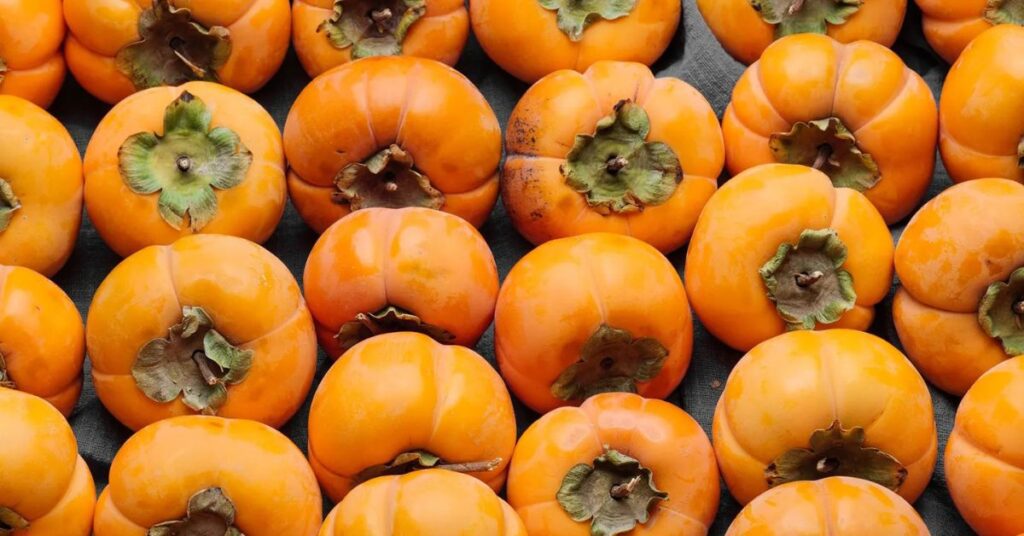
Health Benefits:
- Rich in Antioxidants: Persimmons contain antioxidants that help combat oxidative stress.
- Dietary Fiber: They are a good source of dietary fiber, promoting digestive health.
- Vitamins and Minerals: Persimmons provide essential vitamins and minerals, contributing to overall well-being.
Persimmons are not only delicious but also offer a range of health benefits, making them a popular and versatile fruit in various culinary applications.
My Favorite Persimmon Recipes

